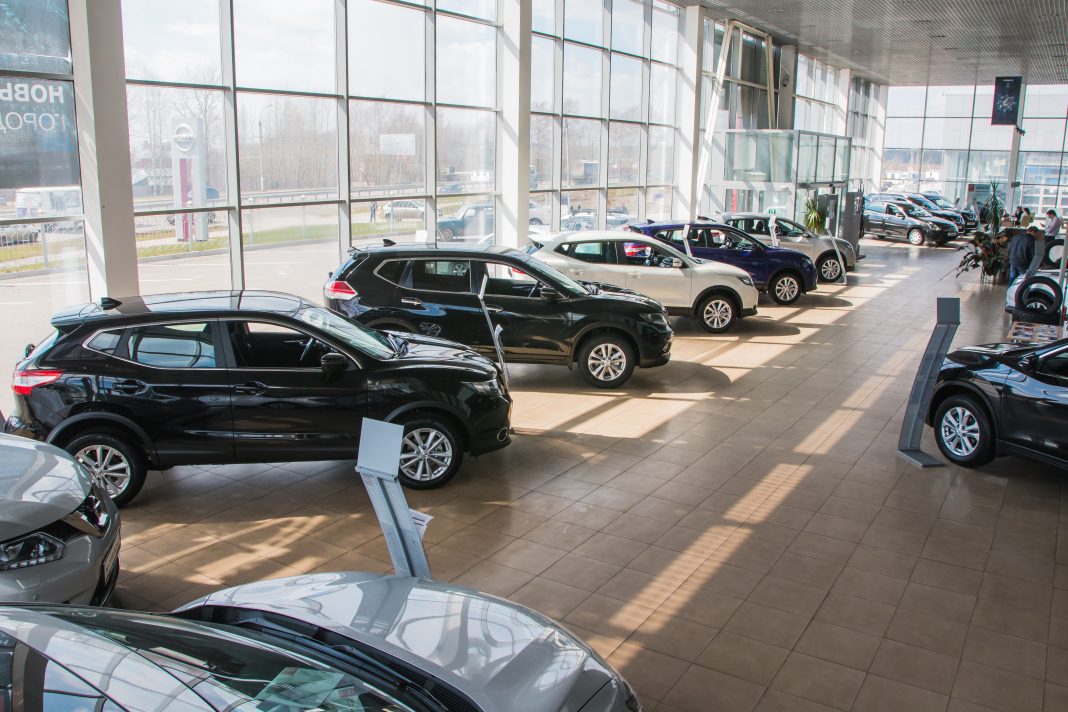The partnership that controls the Prime Automotive Group is liquidating the entire remaining portfolio in a transaction they hope will close by the end of the year. Last year, GPB Automotive Portfolio sold 14 of Prime Automotive’s stores to reduce the count to 31. The dealership group contains luxury, domestic, and import brands and is said to have 2020 revenue of almost $2.4 billion.
The group is said to have concerns with financing as their current credit agreement with M&T Bank Corp. was set to expire for “floor planning, mortgages, and other debt”. GPB Automotive Portfolio is only considering proposals that would take over the entire dealership portfolio.
Meanwhile, Utah-based Ken Garff Automotive Group has just bought nine more dealerships across four states. The move is the single largest expansion in the group’s 89 years of operations and adds stores in Arizona, Texas, Wyoming, and Colorado. The growth is strategic, and Garff CEO Brett Hopkins says it was made easier by the inventory shortage. “It’s a lot easier to buy a business when they don’t have any inventory than to buy it when they have a lot of inventory. Taking inventory only takes a couple of minutes, when it normally would take a couple of days.”
He notes the lack of inventory based on the global chip shortage isn’t going to last. “For sure, the market’s going to normalize,” Hopkins said. “The supply chain’s going to catch up. All dealerships across the country will start to have more inventory before the end of the year.”
And also last week, LMP Automotive Holdings announced that they purchased a Chrysler Dodge Jeep Ram store in Greenville, Tennessee. The transaction bumps their store count to 23. LMP’s Chief Operating Officer Richard Aldahan stated in the press release that “this acquisition will further expand our management team and Southeast footprint. We intend to continue expanding aggressively in this region as we are seeing a record amount of interest in our dealer partner model.”
Buy-sell strength has varied reasons
Dealership valuations are experiencing a high right now with vehicle demand as strong as most dealers have ever seen it. And although new and used car inventory is almost as low as it’s ever been, the market has been stimulated by massive growth in digital retailing and ballooning retail margins.
For dealership owners and groups who had already been considering a move for previously underperforming stores, an above-average valuation is one possible reason to spur them into action.
For groups aiming to expand their footprint, the easy access to plenty of capital and low operating expenses, plus efficiencies that have been implemented since the pandemic forced it, have given them reasons to pull the trigger on dealership acquisitions.
Not always a safe bet
However, it has yet to be seen what the auto retail industry will accept as normal after the chip shortage is alleviated. Will carmakers continue to flood dealer lots with new cars that are heavily incentivized or will a new ‘lean’ method that encourages pre-orders and less floor planning become the norm? Also, a consideration is a potential transition to electric cars which could cost dealerships hundreds of thousands of dollars to equip their stores. Along with that transition is a potential reduction in parts and service revenue, long seen as the bread-and-butter income for the dealership.
At this point, the benefits of acting on a hot M&A market appear to outweigh the risks as evidenced by so many transactions.
Did you enjoy this article from Jason Unrau? Please share your thoughts, comments, or questions regarding this topic by submitting a letter to the editor here, or connect with us at newsroom@cbtnews.com.
Be sure to follow us on Facebook and Twitter to stay up to date or catch-up on all of our podcasts on demand.
While you’re here, don’t forget to subscribe to our email newsletter for all the latest auto industry news from CBT News.









